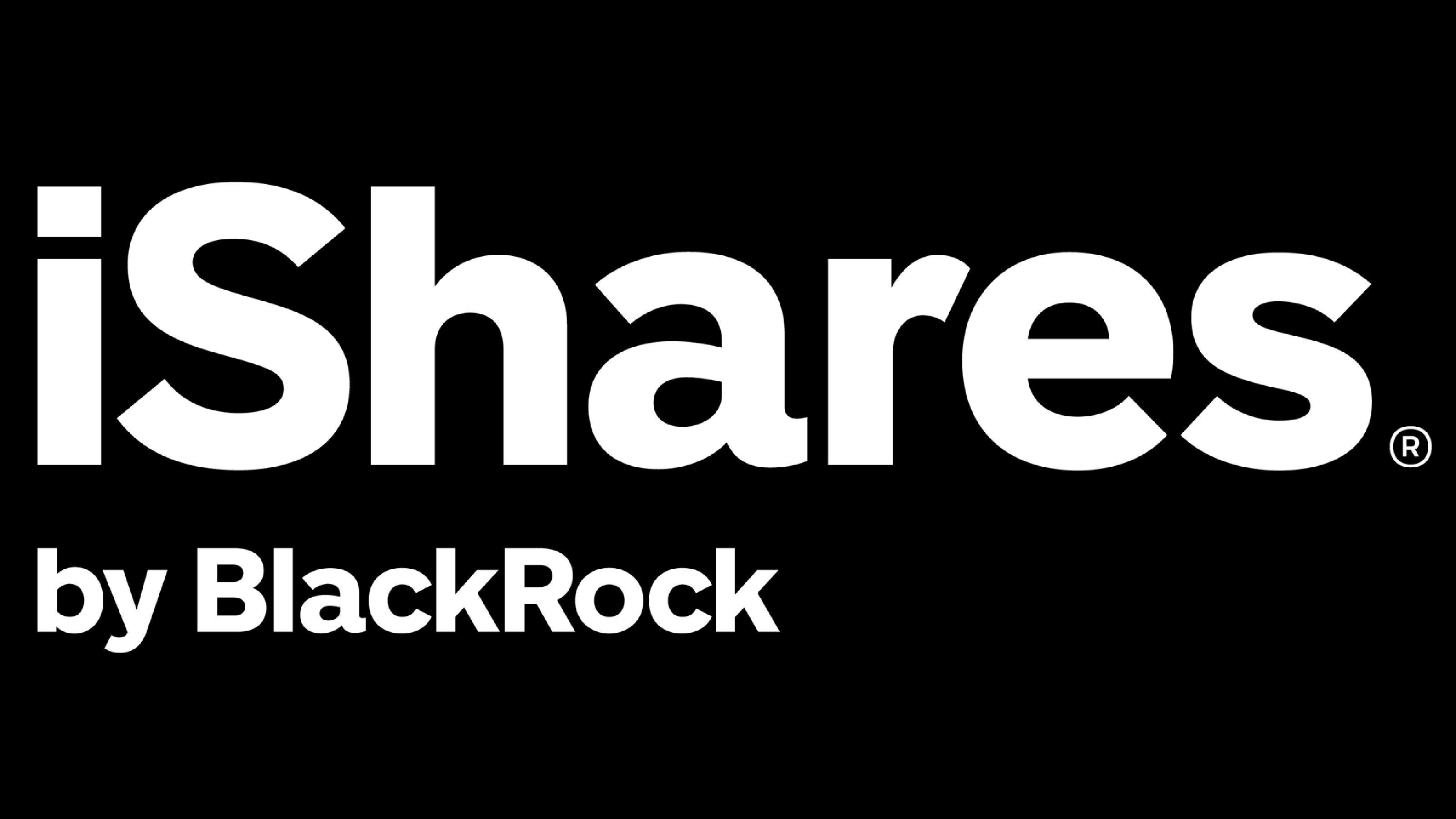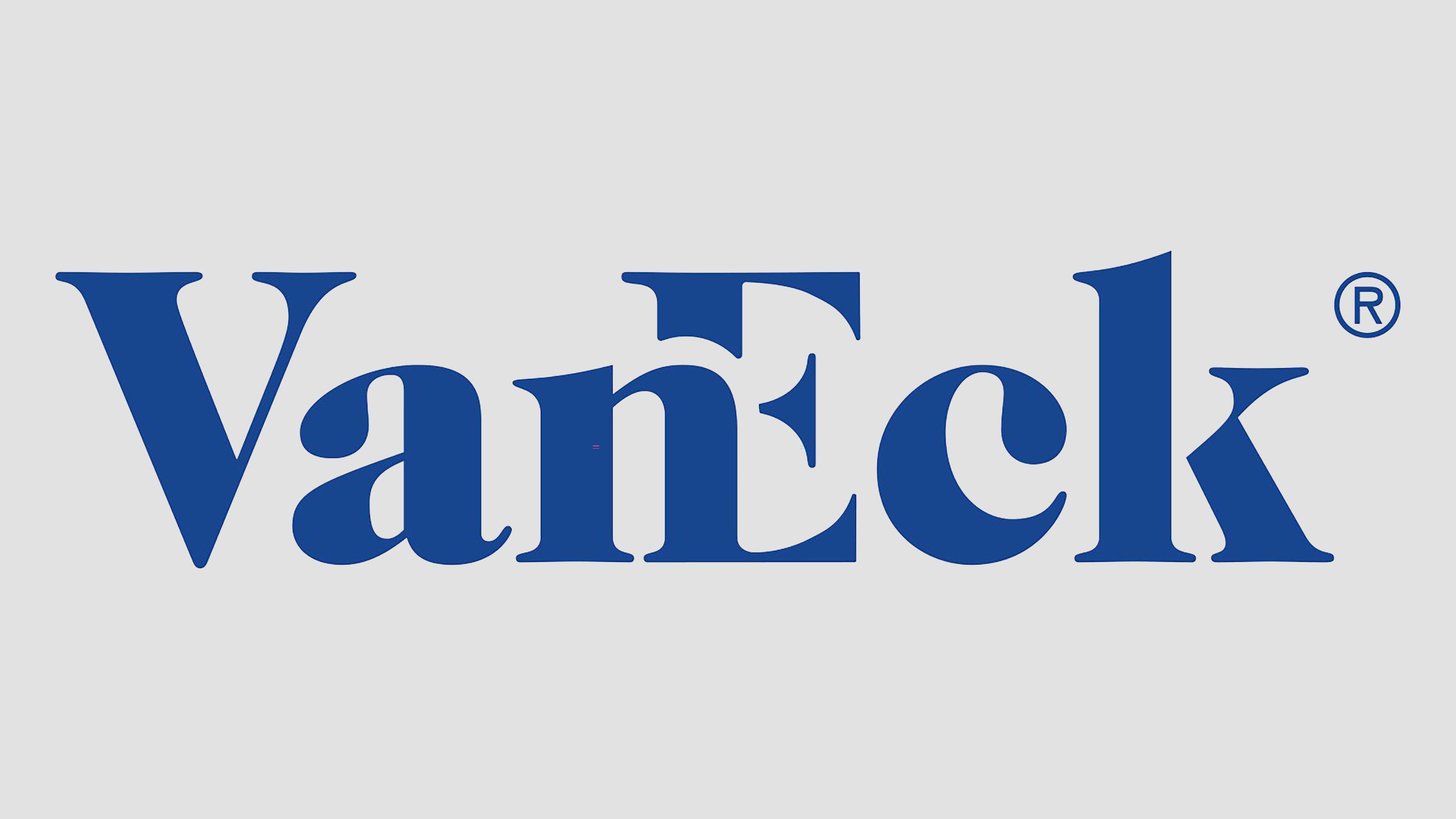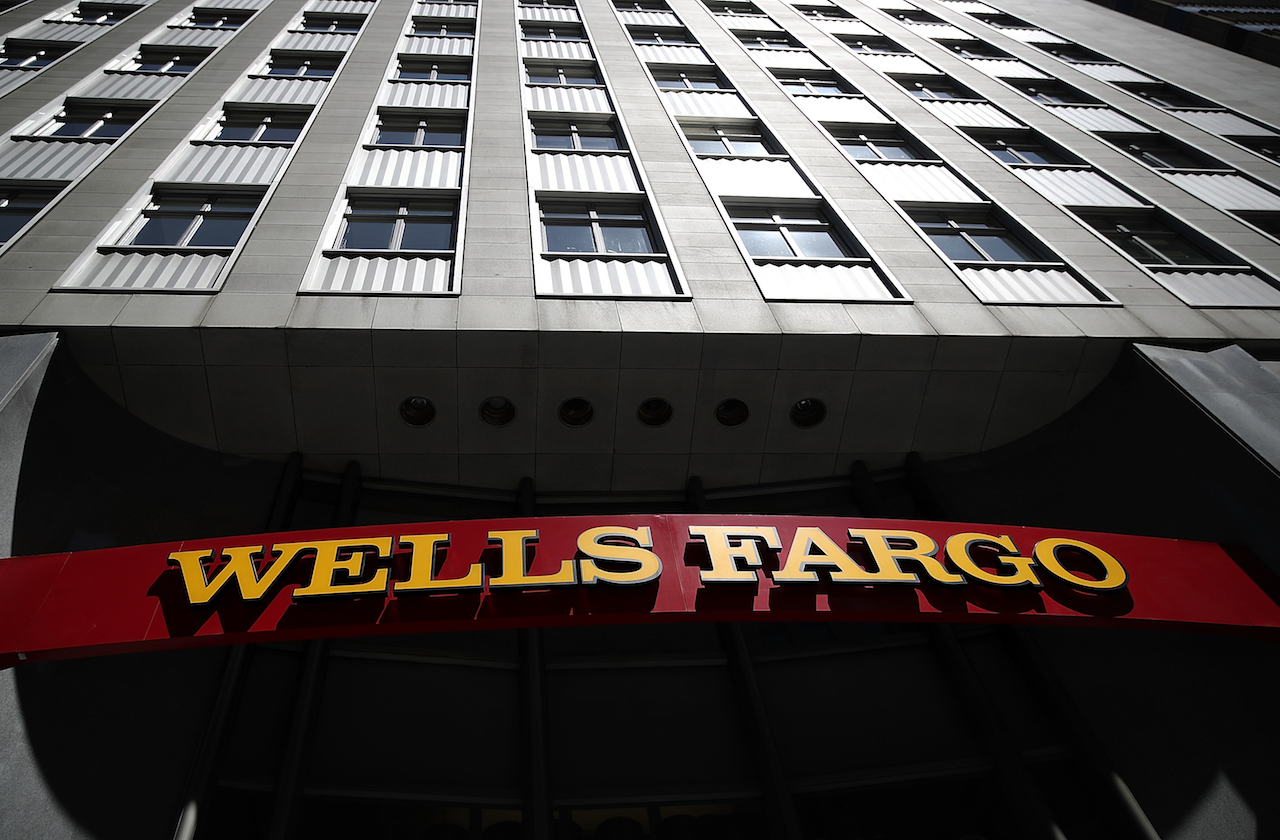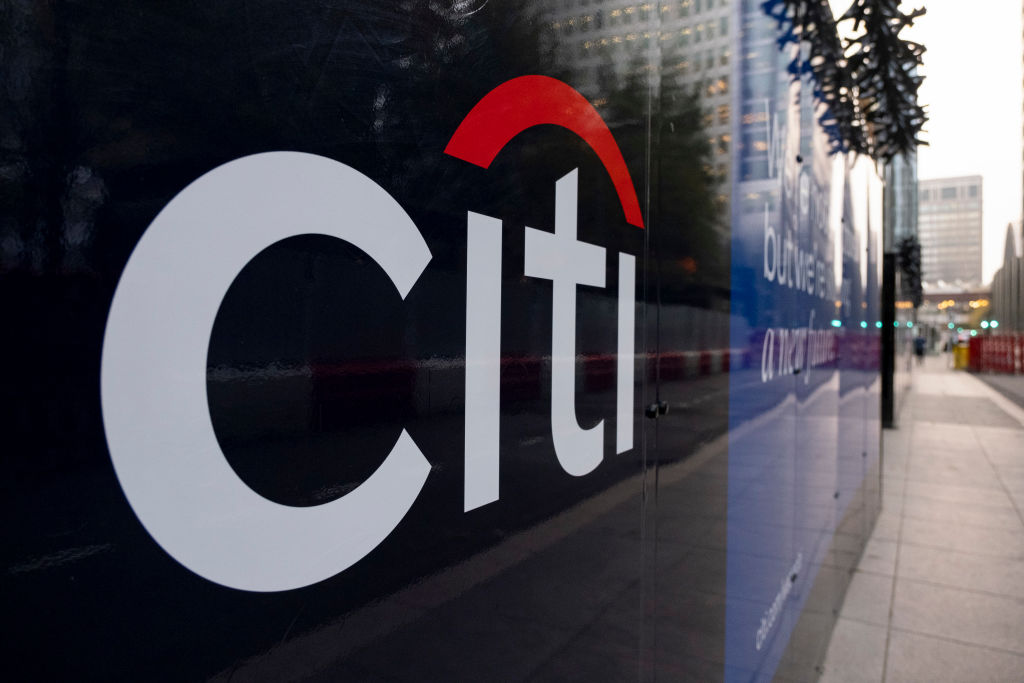5 of the Best Preferred Stock ETFs for High and Stable Dividends
The best preferred stock ETFs allow you to reduce your risk by investing in baskets of preferred stocks.


Preferred stocks typically don't even make the podium when it comes to top choices for investors to include in their portfolios.
But if you're an income investor and you don't already have them on your radar, you'll want to give preferreds a look – focusing specifically on preferred stock ETFs.
You'll frequently hear preferred stocks referred to as "hybrid" securities. That's because they carry some elements of common stock (what you typically mean when you say "stock") and bonds.
For instance, preferred stocks represent ownership in a company and trade on exchanges – just like common stock. However, they typically don't include any voting rights – just like bonds.
Most people who are interested in preferreds are attracted by their dividends.
Preferred dividends are also like bond coupon payments in that they're typically set at a fixed rate. But they're high – often sky-high, sometimes in the 5% to 7% range!
Another element preferreds share with bonds is that they trade around par value, or their original price. That means they're a great source of fixed income and they tend to move calmly, never really swinging drastically higher or lower in any given year.
We witnessed an exception to that general rule in 2022, when the main preferred benchmark shed more than 18% – its worst year since the depths of the Great Recession. It bounced back in 2023, however, and continued to rally through 2024.
What gives?
"Since preferred securities have long maturities, or no maturities at all, they tend to have high interest-rate risk, or the risk that prices will fall when yields rise," says Charles Schwab.
In 2022, the Federal Reserve started a rate-hiking campaign that jolted its target federal funds rate from 0% to 0.25% to 5.25% to 5.50% by July 2023, sending high-rate-risk assets including (bonds and preferreds) into the toilet.
After a long period of evaluating incoming economic data for signs of ebbing inflation, the Fed started cutting rates in September. The current path of monetary policy is now an open question. But the initial move had a positive affect on preferreds.
Although you can easily purchase individual preferred stocks in most standard brokerage accounts and IRAs, we recommend exchange-traded funds (ETFs) that invest in baskets of preferreds.
This risk-management strategy prevents any single preferred-stock disaster from undermining your portfolio.
If you're looking for the best ETFs to buy in the preferred stock space, here are five to consider.
Data is as of March 4. SEC yield reflects the interest earned for the most recent 30-day period after deducting fund expenses. SEC yield is a standard measure for preferred stock funds.

iShares Preferred and Income Securities ETF
- Assets under management: $14.6 billion
- SEC yield: 6.2%
- Expenses: 0.46%, or $46 annually on a $10,000 investment
The best preferred stock ETFs don't get any bigger than the iShares Preferred and Income Securities ETF (PFF, $31.32), one of the oldest such funds on the market.
With assets of $15.6 billion, PFF dwarfs its second-largest competitor, the First Trust Preferred Securities & Income ETF (FPE), by more than double. Price helps: PFF is almost 40 basis points cheaper than FPE. (A basis point equals 0.01%.)
PFF is also the prototypical preferred-stock fund, with many (not all, but many) competitors built in a similar fashion. This ETF invests in roughly 450 preferred stocks, almost entirely from U.S.-based companies.
The lion's share of PFF's preferreds (71%) comes from financial-sector firms such as Wells Fargo (WFC) and Citigroup (C). Another 18% comes from industrial stocks, and 11% comes from utilities. The remainder is held in cash and agency bonds.
The iShares Preferred and Income Securities ETF yields a healthy 6.2% right now – much better than Treasuries and corporate bonds as well as the stock market.

Global X SuperIncome Preferred ETF
- Assets under management: $139.4 million
- SEC yield: 6.3%
- Expenses: 0.48%
There's nothing subtle about the Global X SuperIncome Preferred ETF (SPFF, $9.18) whose primary goal – super income – is right there in the name.
SPFF invests in 50 of the highest-yielding preferred stocks listed in the U.S. and Canada, producing one of the best preferred stock ETFs for yield at an impressive 6.3%.
Of course, by focusing on yield, SPFF can sometimes sacrifice quality. Still, its exposure to investment-grade preferreds (69%) is higher than its exposure to junk-rated bonds (23%). The remainder of its holdings are unrated.
Sector exposure isn't anything novel, though. Financials are tops at nearly 80% of assets, followed by single-digit exposure in materials stocks, utilities, communication services stocks, consumer discretionary and industrials.
SPFF has been an underperformer for most of its life since inception in July 2012. However, it held up better than most preferred stock ETFs in the dregs of 2022, thanks in part to its superior yield – a yield that's paid monthly, by the by.

VanEck Vectors Preferred Securities ex Financials ETF
- Assets under management: $1.9 billion
- SEC yield: 6.6%
- Expenses: 0.40%
The VanEck Vectors Preferred Securities ex Financials ETF (PFXF, $17.04) stands apart from most other preferred stock ETFs. All you need to do is look at its name to see why.
PFXF, which was introduced in 2012, was one of several "ex-financials" ETFs that popped up in the years following the 2007-09 bear market and financial crisis.
While most stocks took a beating then, banks and other financial stocks were at the epicenter of the crisis. Trust was eroded, so much so that ETF providers knew they could attract assets by offering products that ignored the sector altogether.
The VanEck Vectors Preferred Securities ex Financials ETF instead has healthy helpings of electric utilities and independent power producers at 26% of assets.
That's followed by real estate investment trusts, or REIT stocks, at 20% and telecommunication services at 13%. It has exposure to more than a dozen other industries, including health care and semiconductors as well as office equipment, food and tobacco, and diversified retail.
PFXF's ex-financials nature isn't as important as it used to be. Banks are far better capitalized and regulated now than they were in 2007, so the risk of another near-collapse doesn't seem as dire.
That said, VanEck's ETF and its portfolio of roughly 100 stocks is still one of the best preferred stock ETFs you can buy thanks to a combination of higher-than-average yield and one of the lowest fees in the space.

InfraCap REIT Preferred ETF
- Assets under management: $100.7 million
- SEC yield: 7.2%
- Expenses: 0.45%
Virtus Investment Partners' InfraCap REIT Preferred ETF (PFFR, $18.68) is, like PFXF, among the few preferred stock ETFs that come with a twist.
Also like PFXF, that twist is evident in the name.
PFFR invests in a group of about 100 preferreds exclusively within the real estate space. Some of those preferreds come from traditional REITs such as office building operator Hudson Pacific Properties (HPP) and open-air shopping center owner Kimco Realty (KIM).
Others come from mortgage REITs (mREITs) such as AGNC Investment (AGNC) that own "paper" – mortgages and mortgage-backed securities – rather than physical real estate.
Why REIT preferreds?
InfraCap says "these securities are also typically exposed to less leverage with generally more predictable revenue streams than those issued by banks and insurance companies."
While that's an attractive proposition, just understand the potential risk involved with putting all your eggs in one sector basket – especially if America enters another real estate crisis like the housing bubble burst of the late aughts.
The recent bear market in real estate is an excellent example, dragging PFFR several percentage points lower than many of its traditionally built preferred-stock brethren.
If there's an upside, it's that the InfraCap REIT Preferred ETF is rewarding new money with one of the best yields among preferred stock funds.

Principal Spectrum Preferred Securities Active ETF
- Assets under management: $1.1 billion
- SEC yield: 4.6%
- Expenses: 0.55%
If you, ahem, prefer to jump aboard the active ETF craze, there's a preferred fund for that: the Principal Spectrum Preferred Securities Active ETF (PREF, $18.65).
PREF's six-person management team boasts an average of roughly 31 years of experience. They're tasked with buying $1,000 par preferreds with "attractive yields, diversification benefits and reduced risk compared to other fixed-income securities."
This is one of the most concentrated portfolios you'll find on this list of the best preferred stock ETFs, at around 100 holdings.
Nearly 80% of assets are dedicated to financials (sound familiar?), with 12% more in utilities, 8% in energy stocks and the rest sprinkled across a handful of other sectors.
PREF does suffer by comparison due to a low yield for the space. But that reflects an extremely high-quality portfolio where a majority of assets are investment-grade.
Most of that (89%) is BBB-rated preferred stocks, but another 9% or so are in A- and AAA-rated preferreds. The remainder are BB, which is the highest level of junk.
No wonder, then, that PREF has delivered extremely competitive performance since its 2017 inception.
Learn more about PREF at the Principal Asset Management provider site.
Related content
Get Kiplinger Today newsletter — free
Profit and prosper with the best of Kiplinger's advice on investing, taxes, retirement, personal finance and much more. Delivered daily. Enter your email in the box and click Sign Me Up.
Kyle Woodley is the Editor-in-Chief of WealthUp, a site dedicated to improving the personal finances and financial literacy of people of all ages. He also writes the weekly The Weekend Tea newsletter, which covers both news and analysis about spending, saving, investing, the economy and more.
Kyle was previously the Senior Investing Editor for Kiplinger.com, and the Managing Editor for InvestorPlace.com before that. His work has appeared in several outlets, including Yahoo! Finance, MSN Money, Barchart, The Globe & Mail and the Nasdaq. He also has appeared as a guest on Fox Business Network and Money Radio, among other shows and podcasts, and he has been quoted in several outlets, including MarketWatch, Vice and Univision. He is a proud graduate of The Ohio State University, where he earned a BA in journalism.
You can check out his thoughts on the markets (and more) at @KyleWoodley.
-
 Social Security Is Taxable, But There Are Workarounds
Social Security Is Taxable, But There Are WorkaroundsIf you're strategic about your retirement account withdrawals, you can potentially minimize the taxes you'll pay on your Social Security benefits.
By Todd Talbot, CFP®, NSSA, CTS™
-
 Serious Medical Diagnosis? Four Financial Steps to Take
Serious Medical Diagnosis? Four Financial Steps to TakeA serious medical diagnosis calls for updates of your financial, health care and estate plans as well as open conversations with those who'll fulfill your wishes.
By Thomas C. West, CLU®, ChFC®, AIF®
-
 Stock Market Today: Stocks Struggle Amid Tariff Uncertainty
Stock Market Today: Stocks Struggle Amid Tariff UncertaintyBoeing dropped after China suspended new aircraft orders, while Bank of America and Citi climbed on earnings beats.
By Karee Venema
-
 Stock Market Today: Uncertainty Proliferates: Dow Loses 1,014 Points
Stock Market Today: Uncertainty Proliferates: Dow Loses 1,014 PointsWeaker-than-expected consumer inflation data wasn't enough to stabilize sentiment during another volatile day for financial markets.
By David Dittman
-
 Stock Market Today: Dow Rises 854 Points From Its Intraday Low
Stock Market Today: Dow Rises 854 Points From Its Intraday LowIf there's one thing markets hate, it's uncertainty. But uncertainty is all they're getting these days.
By David Dittman
-
 Stock Market Today: Markets Celebrate Trump's Tariff Détente
Stock Market Today: Markets Celebrate Trump's Tariff DétenteConsumer discretionary stocks led 10 of the 11 S&P 500 sector groups well into the green.
By David Dittman
-
 4 Turnaround Stocks to Consider – and 2 More to Keep an Eye On
4 Turnaround Stocks to Consider – and 2 More to Keep an Eye OnA turnaround stock is a struggling company with a strong makeover plan that can pay off for intrepid investors.
By Nellie S. Huang
-
 Stock Market Today: Dow Pops 703 Points on Cooler Inflation
Stock Market Today: Dow Pops 703 Points on Cooler InflationA benign reading from the Consumer Price Index report assuaged market fears about the path of borrowing costs.
By Dan Burrows
-
 Why Wells Fargo's Revenue Miss Isn't Worrying Wall Street
Why Wells Fargo's Revenue Miss Isn't Worrying Wall StreetWells Fargo is one of the best S&P 500 stocks Wednesday even after the big bank's top-line miss. Here's what you need to know.
By Joey Solitro
-
 Citigroup Stock Jumps on Earnings, $20 Billion Stock Buyback News
Citigroup Stock Jumps on Earnings, $20 Billion Stock Buyback NewsCitigroup stock is soaring Wednesday after the big bank topped earnings expectations and unveiled a massive stock buyback program. Here's why that's important.
By Joey Solitro
